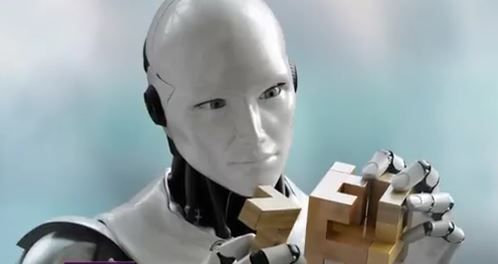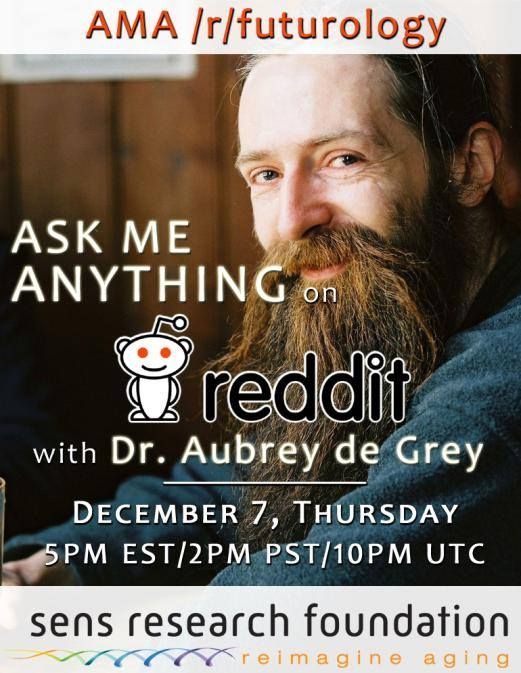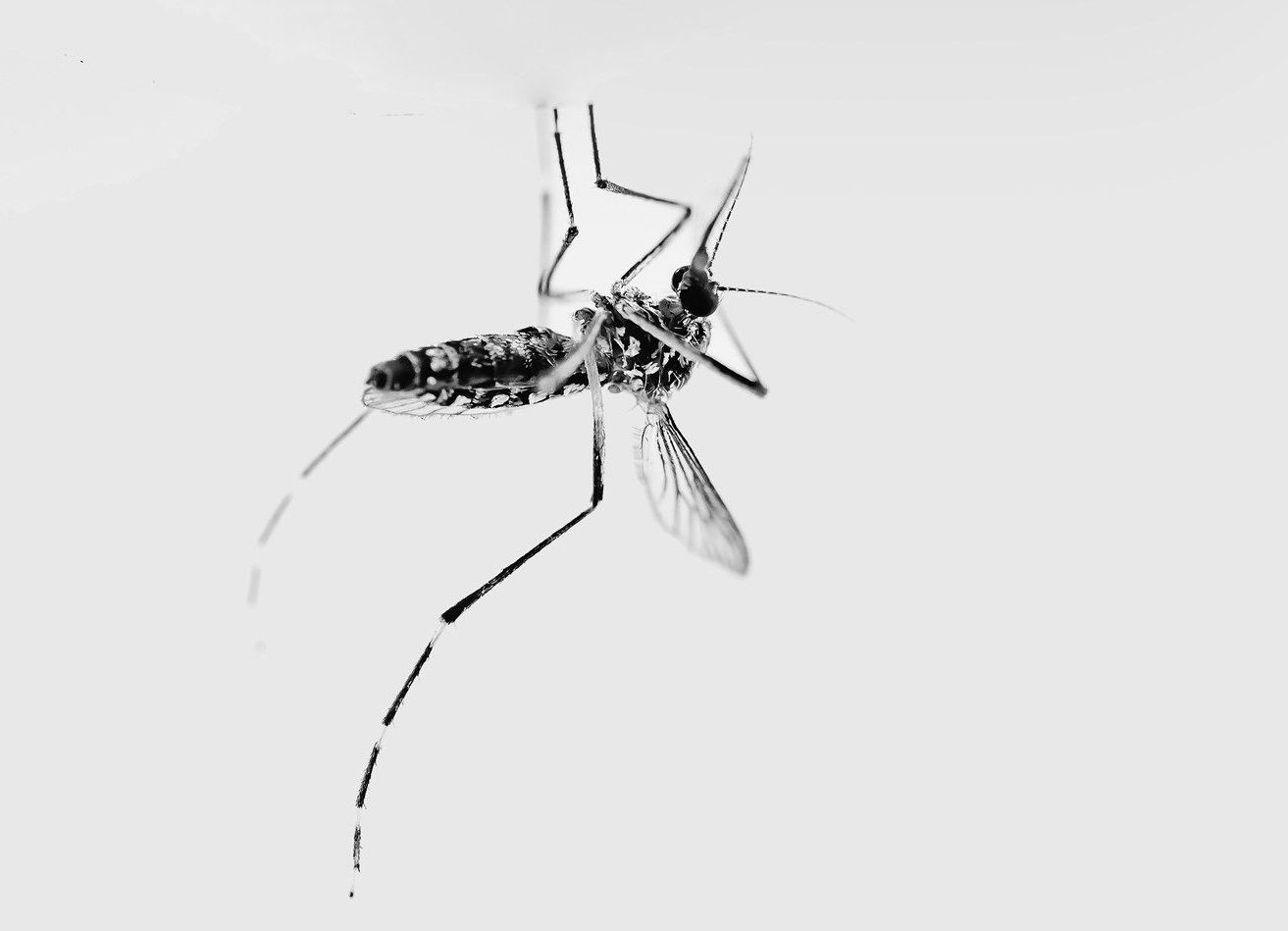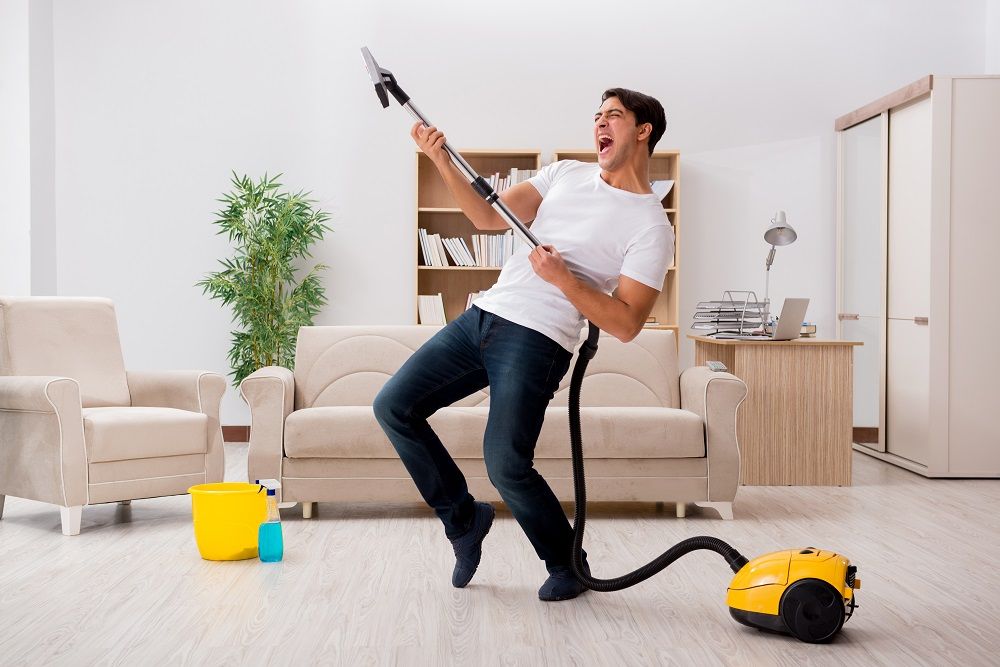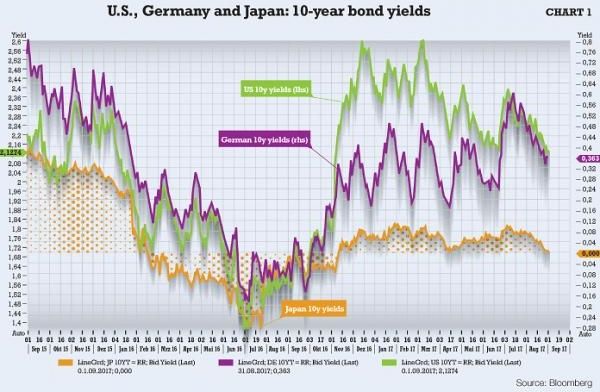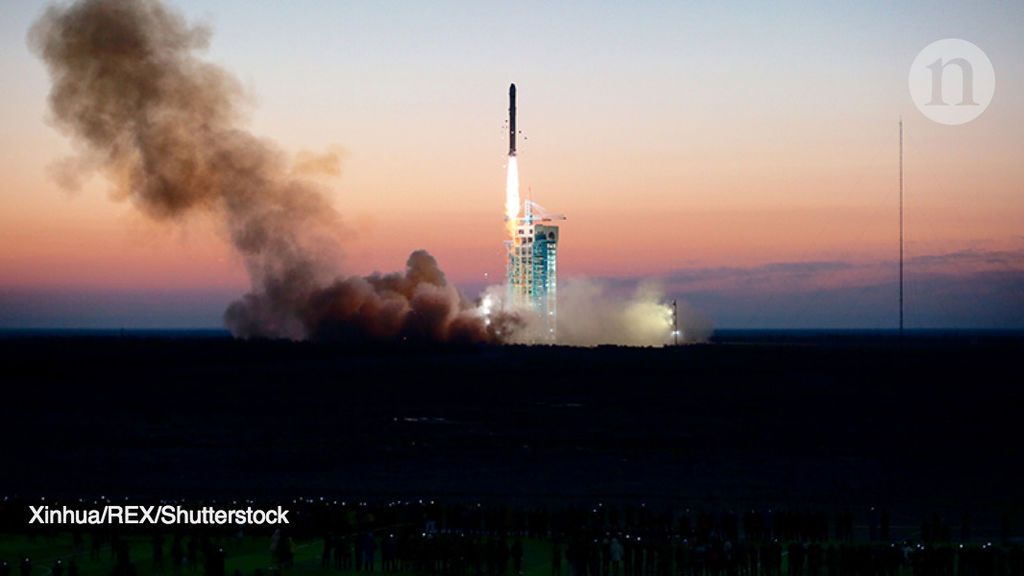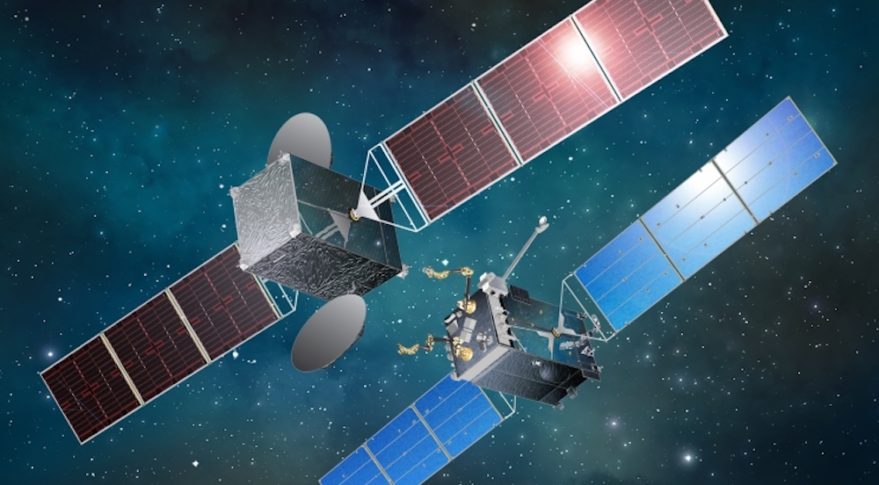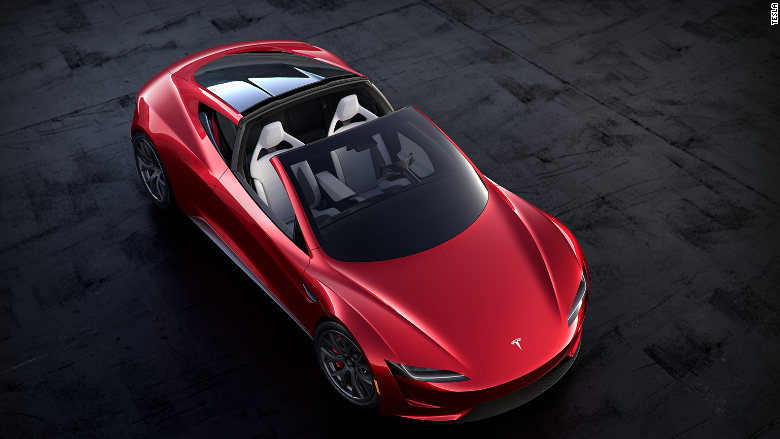In a recent article, I began to unpack Rodney Brooks’ October 2017 essay “The Seven Deadly Sins of AI Predictions.” Now I continue my analysis by looking into the faulty atheistic thinking that motivates the AI salvation preached by futurists such as Google’s Ray Kurzweil. Although Brooks does not address this worldview dimension, his critique of AI predictive sins provides a great opportunity for just that.
Brooks is a pioneer of robotic artificial intelligence (AI) and is MIT Panasonic Professor of Robotics Emeritus. He is also the founder and chief technology officer of Rethink Robotics, which makes cobots—robots designed to collaborate with humans in a shared industrial workspace.
Previously I discussed Brooks’ remark that “all the evidence that I see says we have no real idea yet how to build” the superintelligent devices that Kurzweil and like-minded singularity advocates imagine.
